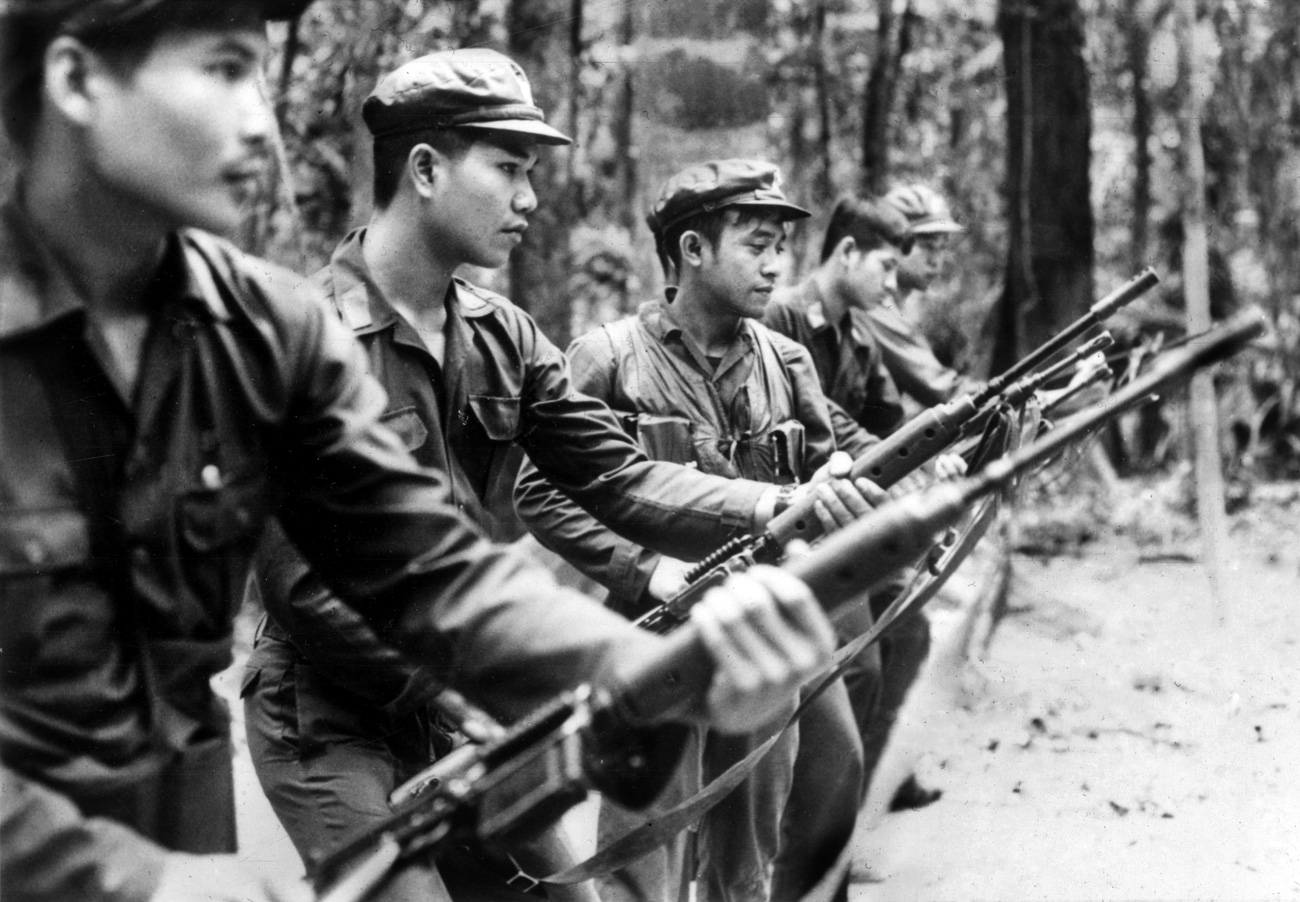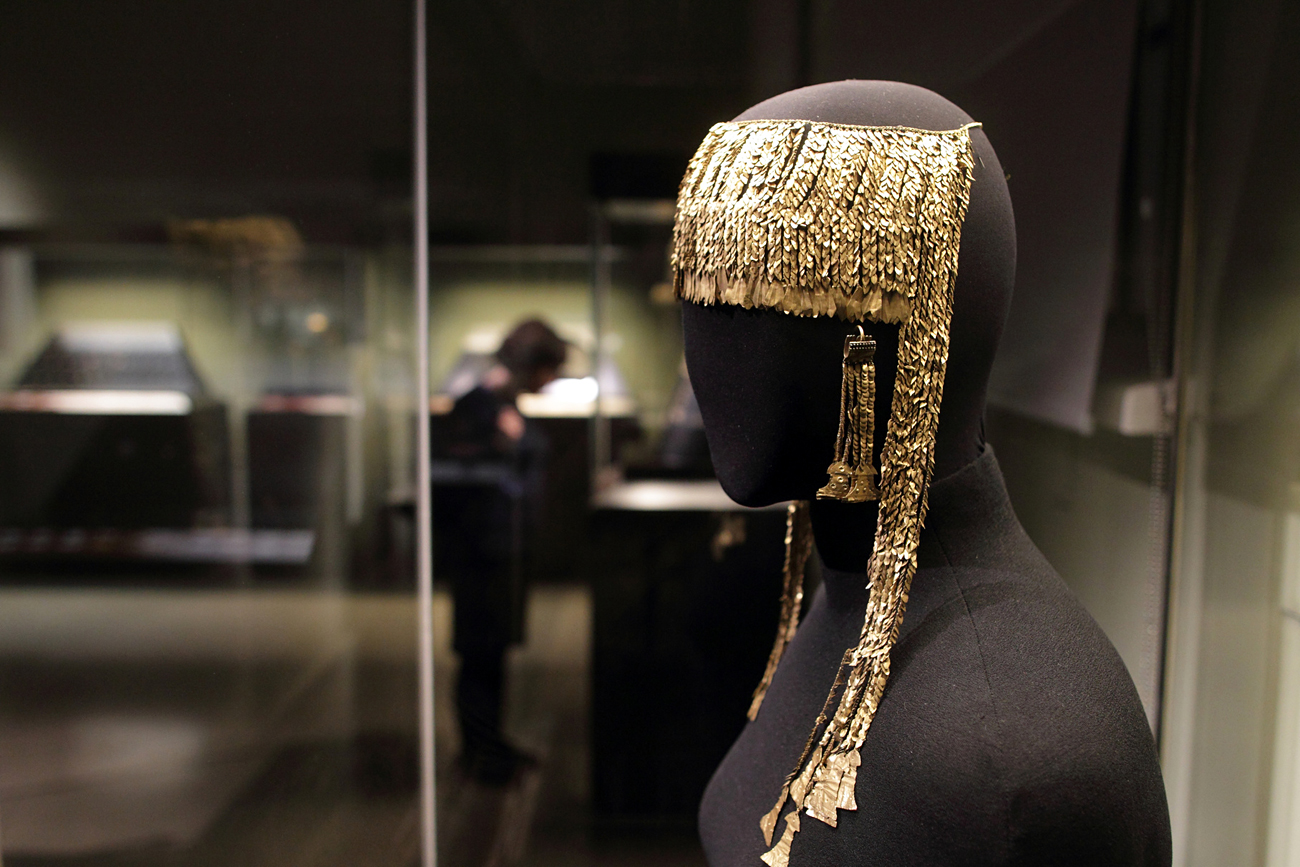Why the USSR backed Thailand in its fight against communist insurgents

The Communist Party of Thailand (CPT) troops go through training routines for the benefit of foreign journalists in the CPT basecamp in the jungles of Southern Thailand, Oct. 16, 1978.
APThe warm diplomatic ties that Russia and Thailand enjoyed from the time of Tsar Nicholas II and King Rama V were interrupted after the Bolshevik Revolution in 1917. Like many royal families in Europe, the Chakri dynasty was appalled with the execution of Tsar Nicholas II, and diplomatic ties between Moscow and Bangkok were suspended until 1941.
“Thailand was the first country in Southeast Asia with which the Soviet Union established diplomatic relations,” Thunjira Wattaporn, a researcher based in Chiang Mai, told RBTH. “This was done long before the USSR tried to spread communism in Indochina.”
The Soviet mission arrived in Bangkok in 1948, but this was the result of a good amount of behind-the-scenes diplomatic maneuvering. “Although the USSR decided to not interfere with the government in Thailand, there was quite a bit of give and take in the process to the Soviet mission opening,” Wattaporn says.
Thailand needed the USSR to approve its membership to the United Nations. Moscow insisted on Bangkok revoking its 1933 Anti-Communist Act as a precondition to approving Thai membership into the UN. “Even basic symbols of the USSR would have been banned if the act was not abrogated,” Wattaporn says. “Russian sights were set on Indochina, which was then under French rule, and the Soviets had virtually no intention of spreading communism in Thailand.”
Communist insurgency in Thailand
In 1965, the Communist Party of Thailand (CPT) launched a guerrilla war against the Thai government. The conflict that lasted 18 years had the support of most communist countries, including China, which supported the rebels in the 1970s. The Khmer Rouge from neighboring Cambodia also backed the communist rebels in their bid to overthrow the Thai government.
The USSR was the only communist country that refused to overtly or covertly back the Thai rebels. “The Russians could have easily taken advantage of the situation and created a Southeast Asian red corridor that stretched all the way to the borders of Malaysia, but chose not to destabilize Thailand,” Wattaporn says. “Of course, practical considerations and the Sino-Soviet of friction of the 1960s played a role in this as well.”
The CPT initially sought Soviet assistance in its war, but this was rejected through unofficial channels. It then termed the USSR as a “revisionist and social imperialist.”
“The nearness of China (less than 100 miles from the Thai border), the close Chinese connections of many of the CPT leaders, the regularity with which CPT documents pay tribute to Mao (compared to the extreme infrequencies of any kind to Soviet experience), and the reported remark of the Soviet ambassador to Singapore in late 1970 that he ‘doubted whether the communists in Indonesia, Thailand and Malaysia followed scientific Marxism,’ all suggested that the Soviet Union saw no hope of achieving substantial influence with the CPT, and preferred to improve relations with the actual government of Thailand,” Geoffrey Jukes wrote in his book ‘The Soviet Union in Asia.’
Thailand’s relative stability, derived largely from the absence of land-hunger, and the lack of a colonial past, rendered it an unfruitful prospect for socialist doctrines, Jukes wrote, adding that the Soviet Union expressed its influence in Bangkok through its participation in the United Nations Economic and Social Commission for Asia and the Pacific, better known as ESCAP.
Cambodian crisis
“Until the end of the 70s there were neither conflicts nor any substantial progress,” the Russian Embassy in Bangkok’s website says while mentioning Thai-Soviet relations. Trade was restricted to Soviet imports of Thai rice and exports of heavy machinery, but a series of factors slowly changed the dynamic of Moscow-Bangkok ties.
“Thailand needed the Soviet Union to topple the Khmer Rouge and bring about some degree of stability in Cambodia,” Wattaporn says. “This also combined with the fact that Thailand’s traditional markets were growing protectionist meant, the Thais needed to reach out to the eastern bloc.”
In 1979, Thai Prime Minister Kriangsak Chamanan visited Moscow just before the toppling of the Khmer Rouge in Cambodia. In a diplomatic give and take, the USSR agreed to help bring stability in Thailand’s civil war torn neighbor and the Thais expressed a greater openness to building ties with the Soviet Union. The Soviet-Thai Friendship Society was established during Chamanan’s visit.
In the mid-1980s, Mikhail Gorbachev reached out to Thailand and other allies of the West. This was seen as the precursor’s Russia’s so-called pivot to Asia.
“The Thai government was grateful that the USSR did not interfere in Thailand during
the Cold War, but instead showed a great amount of respect and support for all the regimes in Bangkok,” says Wattaporn. “There was a lot of goodwill generated during that time and the end of the Cold War gave the much-needed impetus to move Russia-Thailand ties ahead.”
In 2016, Thailand is seen as one of Russia’s major partners in ASEAN, and the latter, isolated globally since a military coup in 2014, has actively courted Russia.
Read more: Will the entry of India and Pakistan paralyze the SCO?
All rights reserved by Rossiyskaya Gazeta.
Subscribe
to our newsletter!
Get the week's best stories straight to your inbox

